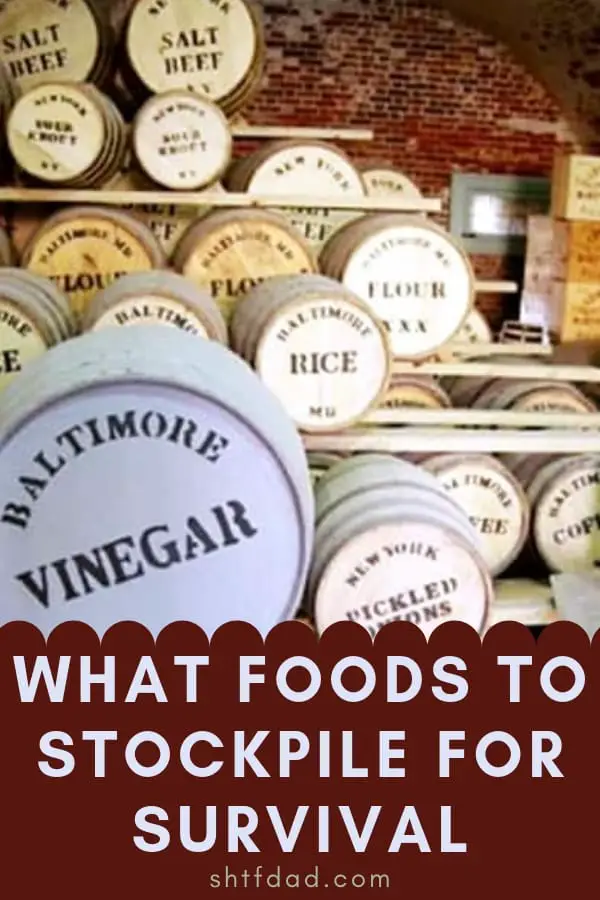
Considering that many evacuees have a difficulty to find food, their vital needs should be supplied efficiently throughout the disaster and post-disaster periods by local authorities. Pregnant and postpartum women affected by Typhoon Haiyan, which hit the Philippines, suffered from hunger and food shortage and had to look for food for survival. Poor food was reported by Hurricane Katrina evacuees in Houston and New Orleans shelters. The need for improvement of meals provided at evacuation shelters should be addressed not only by Japan but also globally. The Fukushima Health Management Survey also showed that people living in evacuation shelters or temporary housing had poor dietary intake of fruits and vegetables (non-juice), meat, soybean products, and dairy products. In the Great East Japan Earthquake, however, water and food were lacking at shelters. In addition to the deployment of registered dietitian nutritionists at medical institutions under the Health Promotion Act, there are initiatives for the provision of healthy food at shelters even during large-scale disasters. Simultaneously, a nutrition policy for the injured, sick, or those affected by a disaster is being created.
#List of foods to stockpile free
These services are provided free of charge at the municipal level, which is closest to citizens, and they include health and nutrition counseling as well as medical checkups by dietitians and other specialists stationed at municipal community health centers. Japan's appeal lies not only in its world-leading universal healthcare insurance system, but also in the fact that in addition to medical insurance for those who become ill, it provides primary prevention (health promotion) and secondary prevention (early detection and treatment of diseases) for all life stages from infancy to old age. In order for the administrative staff in charge of disaster management to understand the nutritional importance of stockpiling main/side dishes, it was suggested that specific combinations of foods that meet the required amounts should be shown and that visualization using food products and the number of people covered by stockpiled foods may be easier to understand than pure nutritional values.Īt the Tokyo Nutrition for Growth Summit that was held in December 2021, the Government of Japan introduced other countries to Japan's “Nutrition Policy to Leave No One Behind”.

In stage 2, multiple comments regarding the Simulator's applicability and improvement in a realistic situation were collected. While 85 individuals (36.6%) used the Simulator, 63 individuals (74.1%) confirmed that they would use it in the future to plan and evaluate local government stocks. In stage 1, 233 responders (74.4%) confirmed their awareness of the existence of the Simulator.

#List of foods to stockpile simulator
Stage 2 involved group interviews with 15 public health dietitians who had been involved in food assistance during past natural disasters to identify points for improving the Simulator and the problems with food assistance during natural disasters. In stage 1, we surveyed local government personnel who participated in the “Workshop for nutrition assistance during large-scale disasters” held in November 2020 (n = 458 313 responded) with an online questionnaire on the use of the Simulator and associated issues. We examined the level of recognition and use of the Simulator by local governments and identified the points for its improvement.

The Japanese Ministry of Health, Labour and Welfare compiled an Excel sheet - “Simple simulator for calculating nutritional food stocks in preparation for large-scale disasters” (Simulator).


 0 kommentar(er)
0 kommentar(er)
